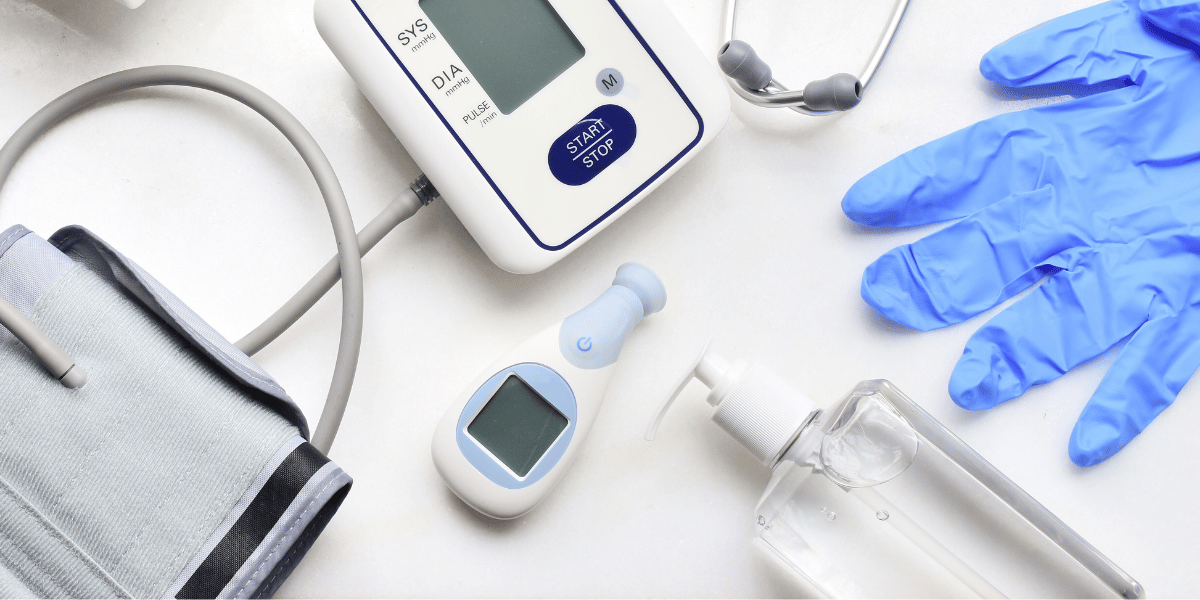The Forgotten Road Block: Overcoming Inflammation
In the pursuit of a healthier, slimmer you, have you ever encountered a frustrating obstacle where, despite your efforts, the scale refuses to budge?...
.png?width=70&height=70&name=Stark_LogoMark%20(1).png)
3 min read
 Stark
:
Aug 23, 2023 1:45:00 PM
Stark
:
Aug 23, 2023 1:45:00 PM

Although IV therapy isn’t a new concept--it’s been around for decades--there is a growing interest in its potential health benefits. The idea behind IV therapy, sometimes better described as IV nutrient therapy, is that receiving high concentrations of vitamins, amino acids, and other nutrients directly into the bloodstream may act as a preventive measure or even a treatment for certain diseases or illnesses. So, does it really work?
Simply put, IV therapy is an extension of nutrient therapy, which follows the idea that large doses of vitamins, minerals, and amino acids can have a profoundly positive effect on your body’s ability to fight off viruses and bacteria. Most believe that you can just eat healthy foods and take vitamins. While these practices can certainly be helpful in improving your health, the problem is that most of us aren’t actually absorbing all of the nutrients that we’re putting into our bodies through food and supplements. The reason for this has to do with poor digestive health.
It’s estimated that an astounding 80% of Americans do not possess a “normal” digestive system. This simply means that your body doesn’t have the capacity to properly digest and absorb nutrients, no matter how much of them you’re consuming. In general, there are two main reasons why you probably have an inefficient digestive system.
This isn’t to say that IV nutrient therapy can act as a replacement for eating right, exercising, and getting enough sleep. But what it does suggest is that IV therapy can be highly beneficial in the right situations. The four most common and most effective uses for IV therapy are:
Most recently, IV therapy has begun to take on two new avenues of possibilities, which could prove to be promising treatment methods in the future. Currently, however, there’s still more clinical research to be done to determine just how effective these new branches of use for IV therapy might be. Focusing on specific amino acids, IV therapy could be used for:
Today, people are using IV therapy to help them feel reenergized, recharged, and balanced. Twenty years of clinical research suggests that IV therapy can be beneficial for these reasons, especially if your digestive system isn’t running properly. Keep in mind, though, that if you do decide to try IV therapy, you should expect to try at least four sessions before you decide whether or not you think it’s working for you. For many men and women, IV therapy has proven to be the perfect addition to a healthy, active lifestyle to help them optimize their body, their health, and their life.

In the pursuit of a healthier, slimmer you, have you ever encountered a frustrating obstacle where, despite your efforts, the scale refuses to budge?...

In the labyrinth of our current healthcare system, individuals often find themselves entangled in a web of complexity. This system, more often than...